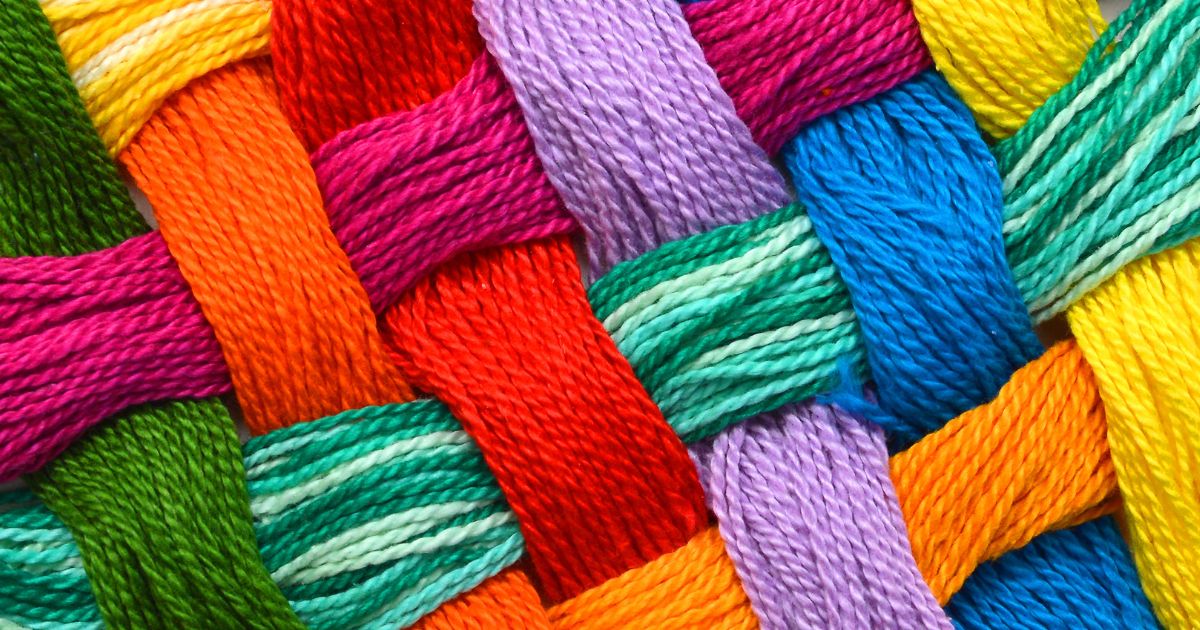
What are some of The Embroidery Techniques?
Embroidery is a timeless and versatile craft that involves decorating fabric with various stitches, patterns, and designs using threads, yarns, and sometimes other materials. It adds a unique and personalized touch to clothing, home decor items, accessories, and more. If you’re looking to explore the world of embroidery techniques in crafts, this guide will introduce you to some popular embroidery techniques and provide insights into how you can use them in your creative projects.
Embroidery Techniques in Crafts
1. Hand Embroidery:
Hand embroidery is the most traditional and widely practiced form of embroidery. It involves using a needle and embroidery floss or thread to create intricate designs on fabric. There are numerous stitches to choose from, including:
Backstitch: A strong and versatile stitch used for outlining and creating fine lines.
Running Stitch: A simple stitch used for basic outlining and decorative work.
Chain Stitch: Creates a looped chain-like pattern and is often used for outlining and filling.
Satin Stitch: A smooth, flat stitch used for filling in areas and creating a glossy finish.
French Knot: A small, textured knot used for adding dimension and detail.
Cross Stitch: A popular stitch for creating cross-shaped patterns, often used in cross-stitch patterns and samplers.
The wonderful technique of hand embroidery offers crafting enthusiasts complete and unrestricted creative freedom. This versatility makes it an ideal choice for a wide range of applications, from crafting personalized gifts that carry a unique and personal touch to creating beautiful monograms that add elegance and distinction to any item. Furthermore, hand embroidery provides an opportunity to craft exquisite decorations on clothing, including garments, accessories, and home articles, elevating their aesthetic appearance and making them truly special.
The ability to choose from a diverse palette of threads and embroidery techniques empowers artisans to create intricate and detailed designs that reflect their unique style and creativity. In summary, hand embroidery is a fascinating form of artistic expression that provides endless possibilities for enhancing and personalizing a wide variety of objects and garments, turning them into unique and charming pieces.
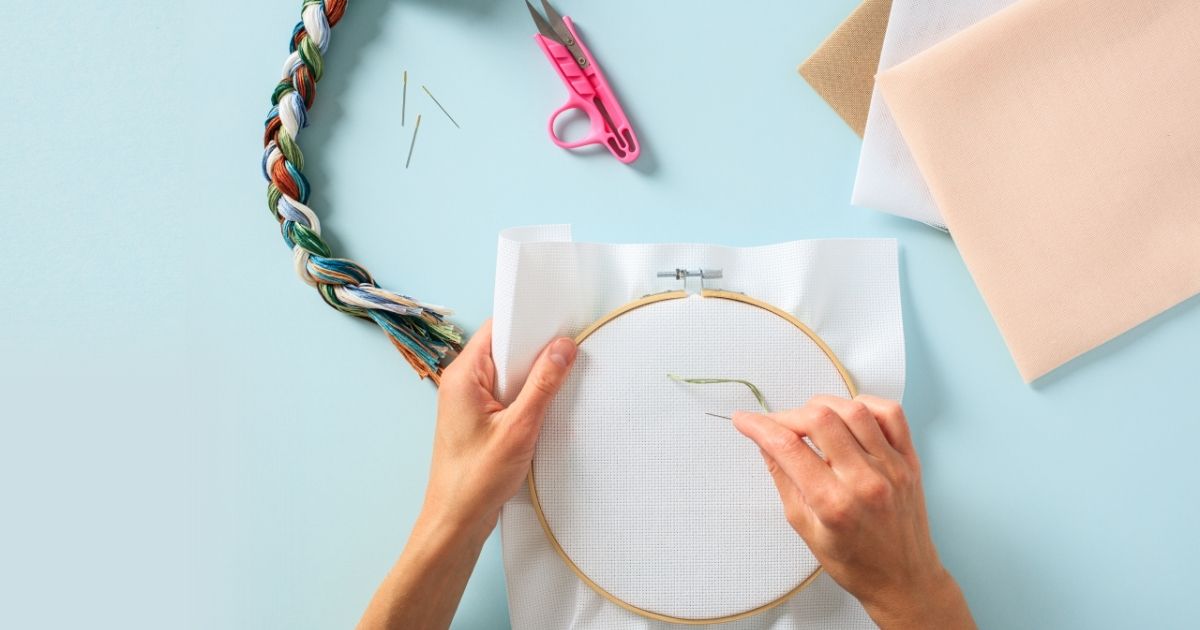
2. Machine Embroidery:
Machine embroidery involves using computerized embroidery machines to create intricate designs quickly and accurately. It’s commonly used in commercial settings for mass production but is also accessible to crafters with home embroidery machines. You can create custom designs or use pre-programmed patterns. Machine embroidery is ideal for creating detailed and precise designs on fabrics, including clothing, towels, and quilts.
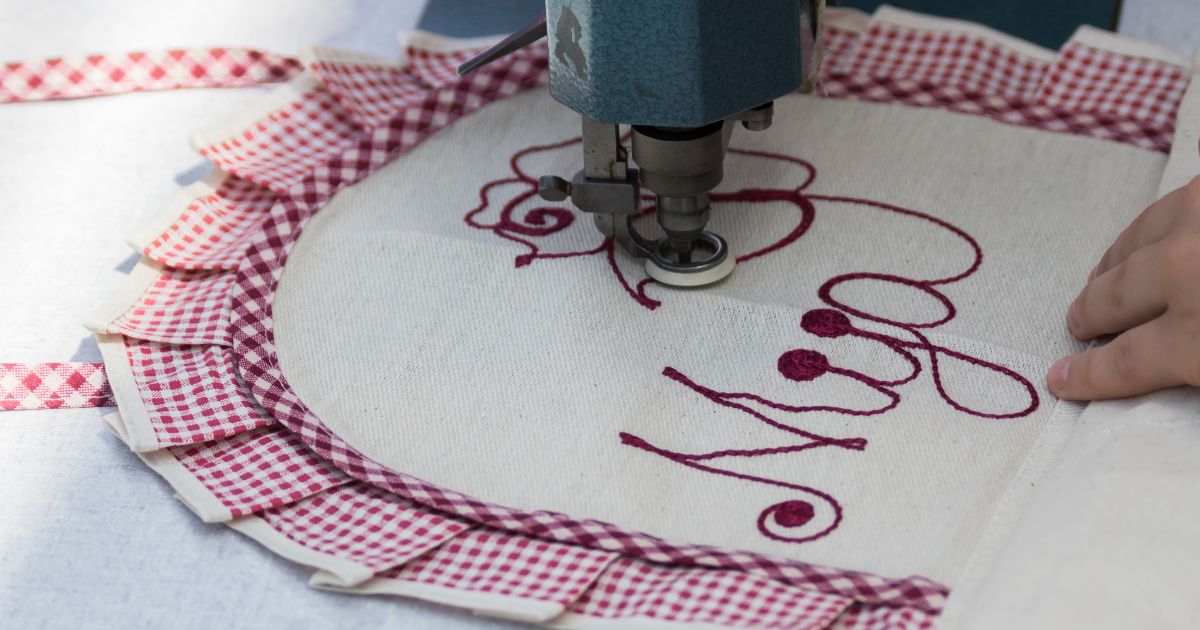
3. Crewel Embroidery:
Crewel embroidery is a form of hand embroidery that uses wool yarn to create textured and often floral designs. It’s recognized by its long, smooth stitches and is typically worked on a sturdy fabric like linen or cotton. Crewel embroidery is excellent for creating traditional and cozy home decor items like cushions, curtains, and wall hangings.
4. Cross-Stitch:
Cross-stitch is a counted-thread embroidery technique where X-shaped stitches are used to create intricate patterns and images on evenweave fabric. Cross-stitch is often used for creating detailed and decorative items like bookmarks, framed art, and ornaments. It’s a relaxing and highly addictive craft that many find enjoyable.
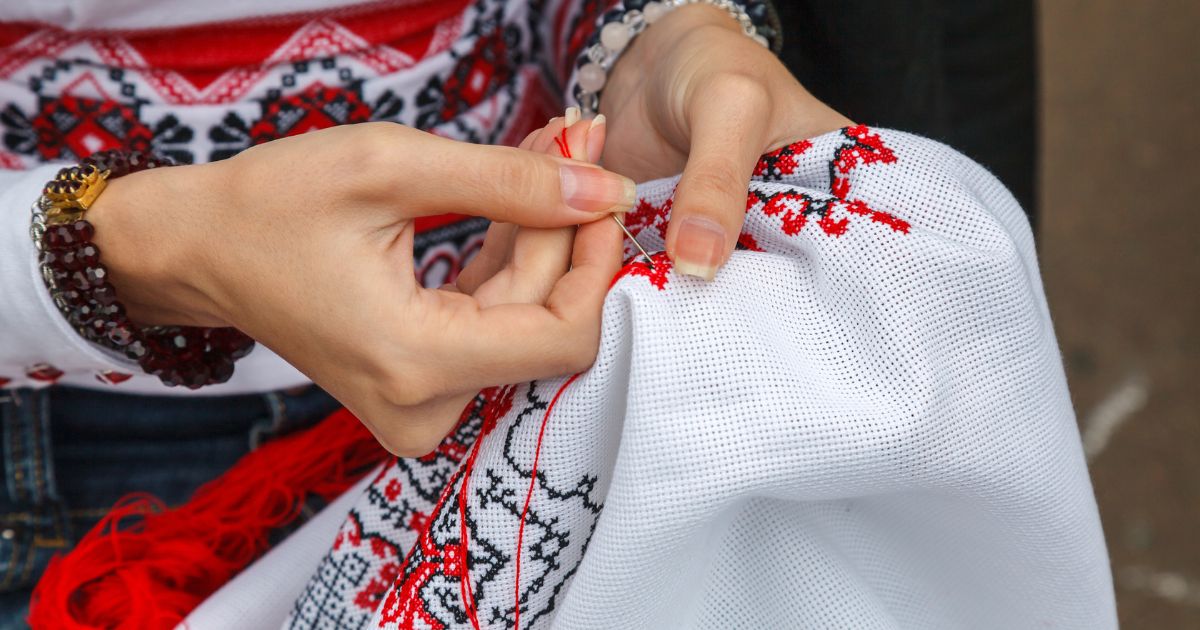
5. Embroidery Appliqué:
Appliqué embroidery involves attaching fabric shapes or patches onto a base fabric and then embellishing them with embroidery stitches. This technique adds dimension and texture to projects and is commonly used in quilting, clothing design, and home decor. It allows for endless creativity in combining fabrics, colors, and embroidery designs.
6. Ribbon Embroidery:
Ribbon embroidery uses silk or satin ribbons instead of traditional embroidery threads. It’s known for creating three-dimensional, floral designs with a luxurious and textured appearance. Ribbon embroidery is often used for embellishing formal wear, bridal gowns, and elegant accessories.
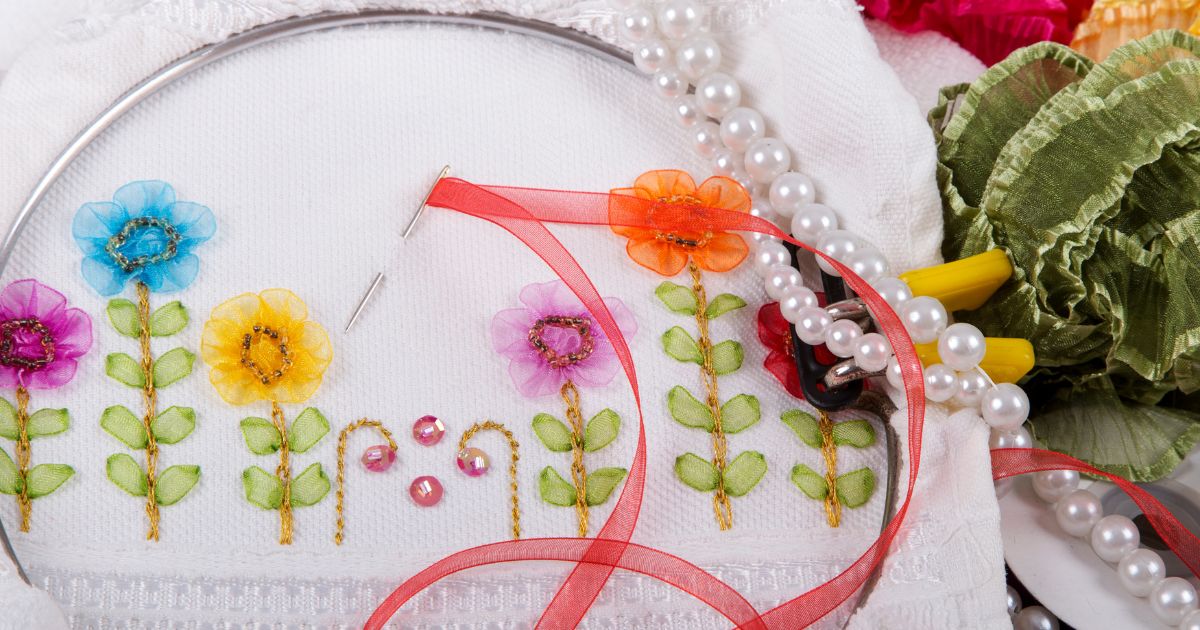
7. Stumpwork Embroidery:
Stumpwork embroidery is a highly detailed and dimensional technique that involves creating raised elements on fabric. It often includes wire, padding, and a combination of embroidery stitches. Stumpwork is used to create realistic and lifelike representations of animals, flowers, and more.
Conclusion on What are The Embroidery Techniques are
Embroidery techniques offer a vast and thrilling universe of creative possibilities in the realm of crafting. Whether you’re an enthusiastic beginner eager to take your first steps in basic hand embroidery or an experienced artisan looking to delve into advanced techniques like the fascinating art of stumpwork embroidery, there’s something for everyone in the exciting world of embroidery.
These techniques not only allow you to infuse a personal touch into your projects but also provide you with the opportunity to craft truly unique gifts that will stand out and be cherished for their individuality. Furthermore, if you’re feeling particularly inspired, you might even consider starting your own embroidery business and sharing your artistic creations with a wider audience.
So, don’t wait any longer! Grab your needles, threads, and fabric, and embark on your embroidery journey to create beautiful, emotive, and artistic pieces that reflect your passion and talent. Embroidery is a rich and thrilling creative world that awaits you, so dare to explore it and let yourself be captivated by the magic of each stitch!
Don’t forget to follow us in our Instagram , YouTube Channel and Facebook Group !!!!
DIY Tutoriales y mucho mas participa en el Programa de Asociados de Amazon Services LLC, un programa de afiliación publicitaria diseñado para proporcionarnos un medio para que ganemos dinero a través de los enlaces de Amazon.com y sitios afiliados.

Leave a Reply